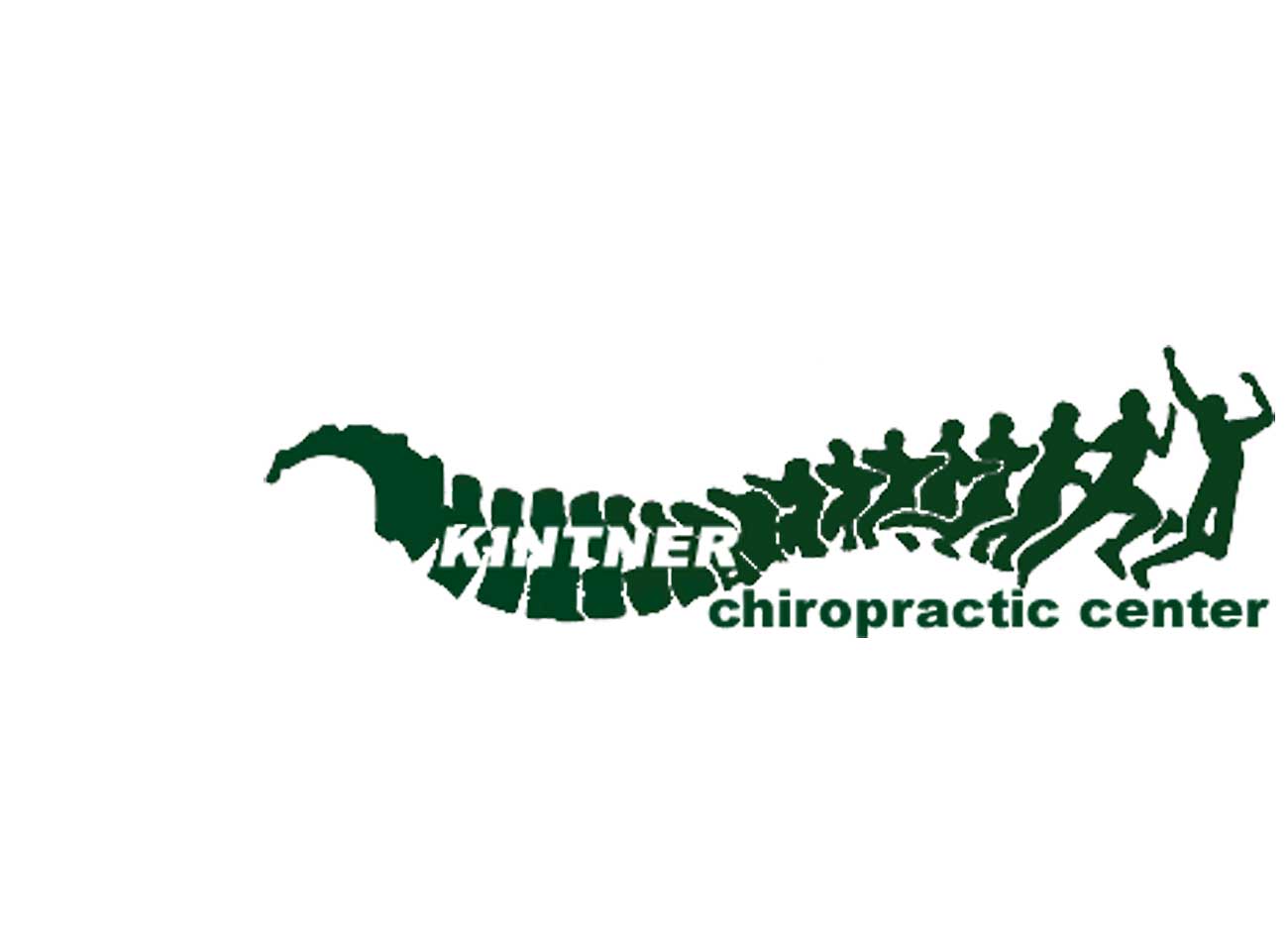In part one, plantar fasciitis was identified as a painful condition on the bottom of the heel. This article explores treatment options.

In any injury always use the RICE mnemonic: Rest, Ice, Compress and Elevate.
Plantar fasciitis is a painful, persistent problem that can be prevented/treated by proper personal care and the assistance of a trained professional. Immediate attention will help to prevent the development of bone spurs.
Home exercise can be beneficial.
- Rolling the foot on a golf ball and picking up towels with the toes is helpful.
- Soaking the feet in Epsom salt (magnesium sulfate, a natural muscle relaxant) is soothing.
- Massage can be helpful. Be sure to massage toward the heel.
- Also avoiding inflammatory foods—trans fats (always), saturated fats and salt. Increasing (always) the good oils—omega 3 in fish oil especially is beneficial.
- Using supplements that control swelling—products high in turmeric, ginger, boswellia, vitamin C and quercetin.
Avoid nonsteroidal anti-inflammatory drugs also known as NSAIDs. Research shows they can interfere with healing as well as create a predisposition to re-injury. Also avoid any cortisone injections as they can cause a spontaneous rupture.
A professional can help you learn how to use tape to support your feet. As a chiropractor, I would begin by adjusting your feet and your spine to resolve the mechanical causes. Ultrasound can also provide an effective therapy to decrease swelling and pain. Massage to the muscles of the back of the leg can be helpful because these muscles can become tense as a direct result of this condition. Relaxing these muscles can help the foot muscles to relax. Custom fit orthotics can also provide proper support to the arches in all shoes. Footbeds should also be inserted in ski boots. Night splints can also be beneficial.
Plantar fasciitis can take a long time to heal: 75% of people felt good at 6 months and 98% at 12 months. It is important to GRADUALLY return to full activity and, when you do, be sure to wear supportive footwear and stretch the foot and back of the leg before you get active—every time!
